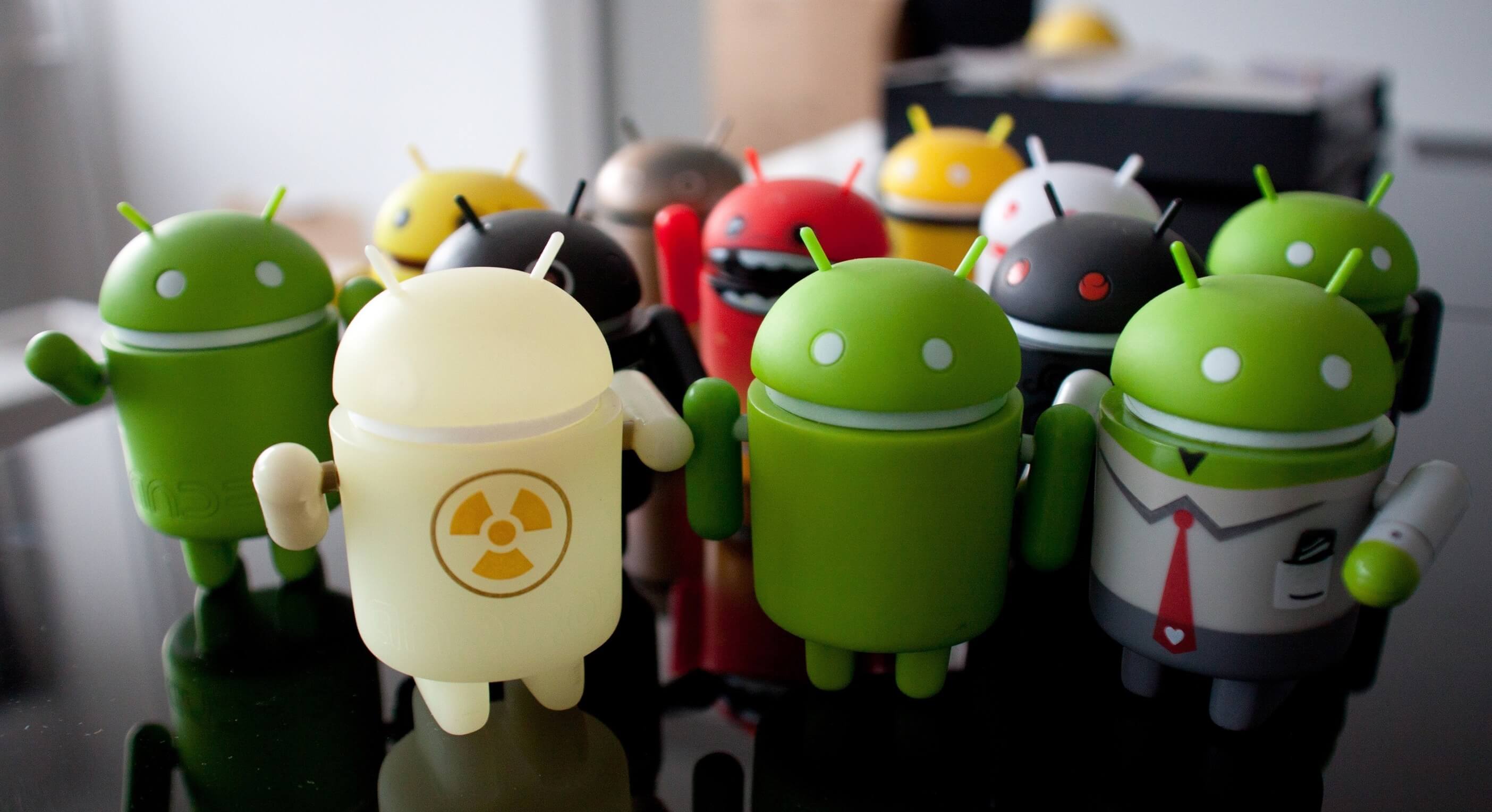Here's the story behind it

According to Android Inc. founder Andy Rubin, the software that became the Android operating system was originally designed to be used in "smart cameras," but was later repurposed for mobile phones after the realization that the market for digital cameras was waning.
The initial idea was to create a smart camera platform with a cloud-based photo storage system, before the Android team shifted their focus to develop an operating system for mobile devices, specifically targeting smartphones. This pivot ultimately led to the Android OS becoming a major player in the mobile device market.
Rubin's pitch to investors in April 2004 showed a camera that would connect to a home computer (wired or wireless) that would then connect to an Android datacenter.
What some like to call Google's "best deal ever," the search giant bought Android in 2005 for an undisclosed sum that's estimated to be in the ballpark of $50 million (out of the company's total expenditure of $130 million for acquisitions that year).
Following the buyout, Rubin became Google's senior VP of mobile and digital content where he remained through March 2013 before moving on to other roles within the company and eventually leaving in October 2014 to start an incubator for hardware startups. As of Q1 2023, the Android operating system is installed on ~71% of the world's smartphones.